Cricket
Mignon du Preez has retired from international cricket but continues to be involved

In heels, Mignon du Preez broke through the glass ceiling of the cricket. In a way.
“When people hear the word “cricketer,” they assume you have to be rather masculine. They do not think you can be a girly cricketer. They think that you can not possibly catch a ball if you get your nails done. I was trying to show that you can be a girly girl and still be competitive,” she claims. “There was definitely a time when people thought cricket was just for boys.”
Du Preez was one of the “Iconic Women” who recently participated in the ICC Women’s T20 World Cup Trophy Tour. She is now retired and hopes to start a family after playing international cricket for more than 15 years and witnessing the transition of South African women’s cricket from amateur to professional. And Mignon du Preezdid it all with long blonde hair.
“We had to change people’s perception,” she says. “There was a lack of visibility. Nobody knew about us. Our games were not televised, and girls’ cricket was not a popular sport in schools. The hardest part was convincing girls to participate in the sport
There was no girls’ team at her elementary school, so like many of the first female cricketers, she played with boys. “There was one parent who complained because there was a girl [du Preez] on the team and her son was not playing, and I remember the coaches saying, ‘But she’s better than him,'” she recalls.
Du Preez was only 12 when Mignon du Preez scored 258 in a 40-over match and “kind of realised that cricket could be a career choice.”
Five years later, she made her international debut. “It was during the vacations, and one of the players got injured, and I was called up,” she explains.

South Africa’s national team matches were televised for the first time in seven years of their career. SuperSport broadcast the three-match T20I series between South Africa and England in September 2014. That same year, du Preez’s team had advanced to the semifinals of the T20 World Cup. Interest from broadcasters was the reward for a good campaign, but they were unable to repay the faith straight away. South Africa were completely outclassed in their first two games in England and lost the third as well, although they put up a better fight.
Du Preez was halfway through her captaincy at the time, a role she was thrust into almost by accident at the age of 22 when the regular captain was injured. “I was a very young captain and felt like I was thrown in at the deep end and didn’t really know much,” Mignon du Preez explains. “On the first few tours, I almost needed a script to know who was bowling when and where.
“But I thought I was really good at dealing with people. I had an open-door policy and was committed to getting the best out of the players. We weren’t professionals, so we just tried to change the perception
That same year, du Preez played her first and only Test match, scoring a century that she considers one of the highlights of her career, though not for the reasons you might think.
“It was really special, but also quite a challenging experience,” she said. “The thing I remember most was getting out in the second innings,” she says. “Because I had played so well in the first innings, I was hoping I could pick up where I left off. Poonam Yadav was bowling to me, and I had my mind set on hitting her with my feet when she threw the ball up. But she’s also a leg-spinner, so if she threw it to leg, a sweep was a good option. She ended up throwing it up and down her leg, and I double-stepped and missed it completely, so I was up. It wasn’t a normal test match strike. These days, with so much innovative cricket being played, you can get away with it, but it wasn’t the typical drop you see in a Test match.”
For most South Africans, the game would have gone unnoticed. The women’s team only became a major talking point in national cricket in 2017, when du Preez stepped down as captain but played her 100th ODI and South Africa reached the semifinals of the 50-over World Cup. “From that point on, people took notice and our players became role models,” he said. “That was the point where the big change happened,” Mignon du Preez explained.
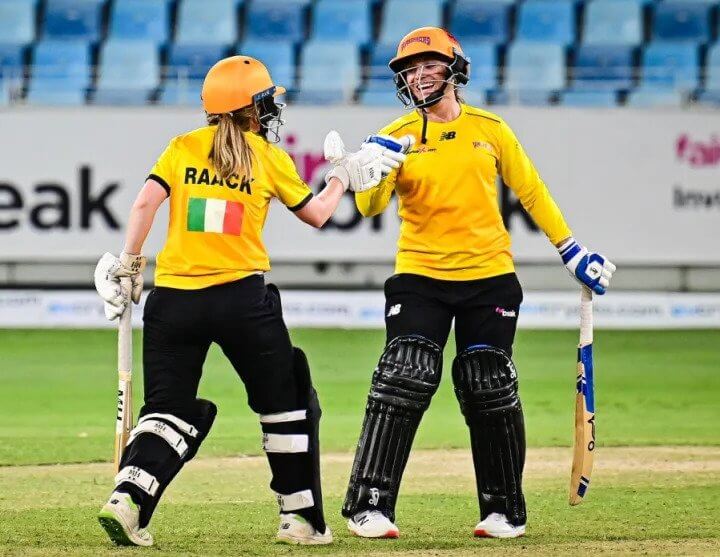
South Africa will be in the spotlight for women’s sports in 2023. The country hosted the inaugural U19 Women’s T20 World Cup last month and the Senior World Cup this month. In July/August, the country will host the Netball World Cup, and the women’s football team will compete in its second consecutive World Cup – an incredible feat considering the men have not qualified for the event in 20 years (they automatically qualified as hosts in 2010).
Du Preez no longer plays for South Africa, but is still an avid observer on the sidelines and an athlete through and through. She was also in the nets on the day of this interview.
“It’s almost like riding a bike, but it’s not always like that,” she says. “The last time I did not play for a while, I had trouble with timing because I was so intent on getting the bat to the ball that I was too early on every shot. But I think today I was much more relaxed. I think that comes with age. You are allowed to make mistakes in practice, and I made fewer than I expected.”
Du Preez, like many other cricketers, has signed up for the WPL auction, where she hopes to land a contract that will change her life. While Mignon du Preez is aware that the growth of the leagues could pose a threat to the international game, no one will blame her for wanting to make money after spending so much of her career in the amateur game. “These leagues pay their players really well, but at the end of the day you want the best players to be available for the national team, and to do that you have to pay them well enough so they want to play for their country,” she says.
That’s essentially the reason for her own resignation as well. Du Preez was unable to keep her central contract after she pulled out of ODI cricket last April because the CSA does not offer contracts that cover only one format. Needing to pay her bills, she decided to retire and seek opportunities in franchise leagues.
She will not make a national comeback at the World Cup, but she will participate in the tournament as a commentator. However, she will be rooting for South Africa. “If I think with my heart, I think they are going to win,” she says. “But realistically, Australia has dominated women’s cricket in recent years, and they are just so far ahead. They have a lot of talent to choose from. We in South Africa do not have such a big pool. But I am looking forward to seeing some other teams. England has also invested a lot, and India has been very good recently, and it would be very good if they do well, because if India does well, women’s cricket does well.”
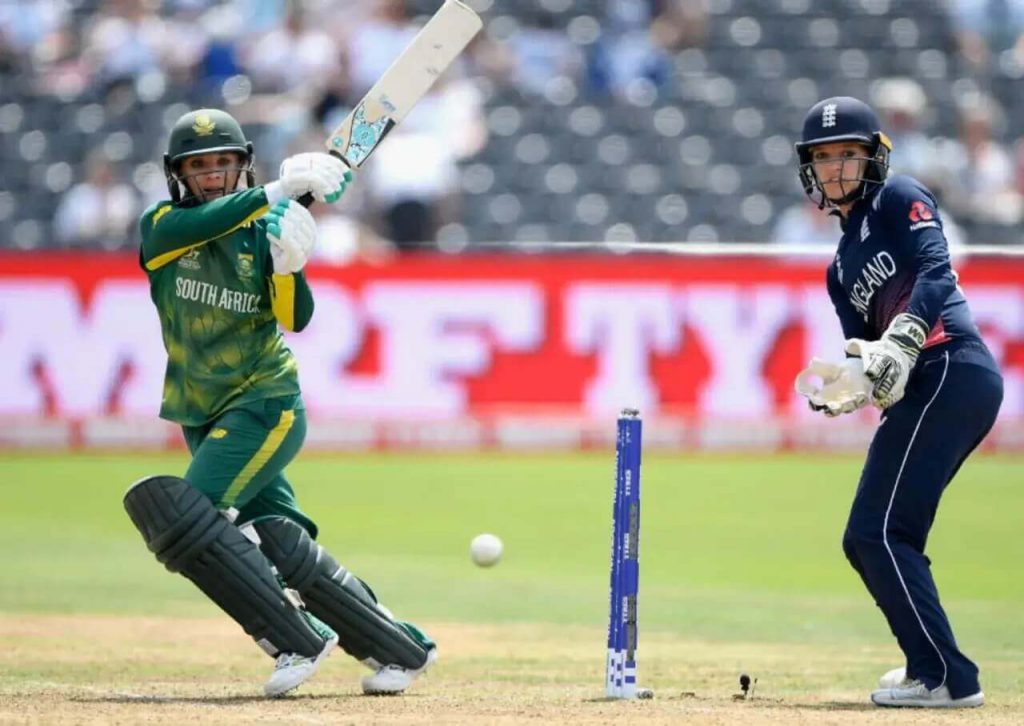
Du Preez is interested in closing the gap between the top teams and the rest. She participated in the inaugural Fairbreak T20 tournament in the United Arab Emirates last year and has since served as a marketing consultant for the organization. She believes competitions like this help level the playing field.
“Fairbreak offers players from associated countries the opportunity to earn a living from cricket. They get their first professional contract and get to play with their idols. From Stafanie Taylor and Sophie Devine to Marizanne Kapp and Ayabonga Khaka, we have had all the big names involved,” she says.
And while events like Fairbreak are competitive, it’s less about which team wins or loses and more about the people who benefit. “The camaraderie has made this tournament even more memorable. When you go to a World Cup, WBBL or Hundred, the atmosphere is electric and the competition fierce. At this tournament, the sport just brought everyone together. It was amazing to see how the players interacted with each other, how the full members shared their knowledge with the associate players and how everyone cheered them on. Everyone was cheering for Wini [Malaysia captain Winifred Duraisingam]. It’s growing and will provide more opportunities.”
Henriette Ishimwe, a then 18-year-old Rwandan player, took four wickets in four balls at the U-19 World Cup to lead Rwanda to a historic first win at a major tournament. Ishimwe had fans from her time at Fairbreak long before Mignon du Preez accomplished that feat. “My husband wanted me to speak to Henriette because he wanted her jersey,” du Preez explains.
Du Preez and her husband, Tony, broke another glass ceiling in the process. Female athletes have only recently become role models, especially in team sports, and du Preez believes that trend will continue as perceptions change. “I was on the commentary team for the U-19 Women’s T20 World Cup, and I looked at the biographies of the players and realised that so many of the girls had female role models, and I thought: Wow, we did something right. Finally.”
Cricket
1000 Runs in ODIs: Kohli’s Cricket Legacy
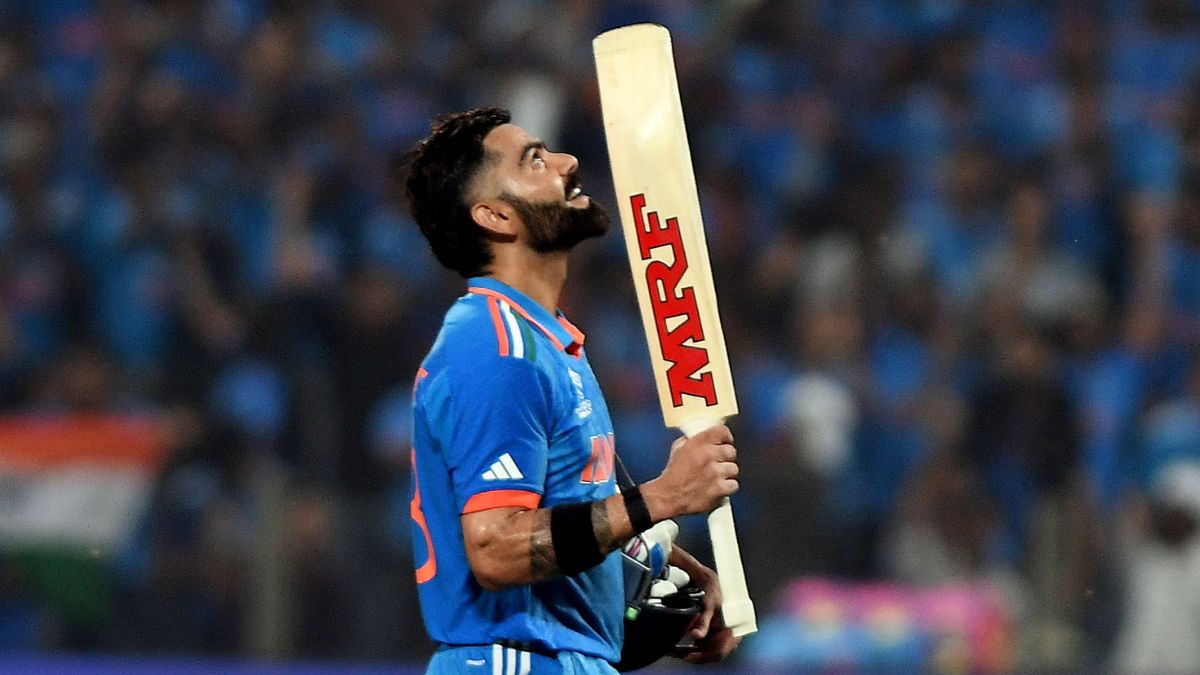
On Thursday, November 2, Virat Kohli achieved an accomplishment. He became the batsman to surpass 1000 runs in ODIs in 2023, following in the footsteps of Shubman Gill and Rohit Sharma. Not that,. He also joined Rohit Sharma, Shubman Gill, and Pathum Nissanka as the fourth players to achieve this impressive record in the 50-over format within the same year.
Stepping into History with 1000 Runs in ODIs
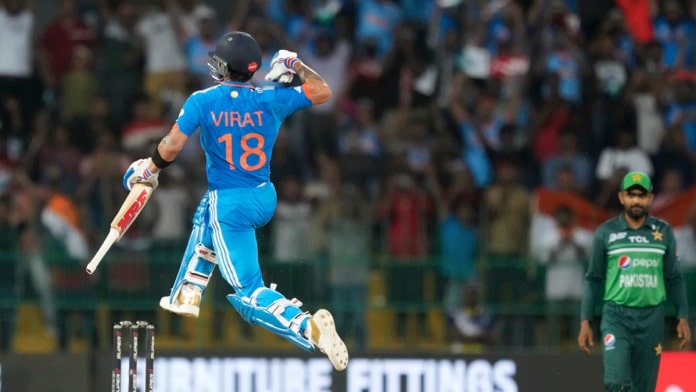
Entering the realm of history, Kohli’s unwavering determination and exceptional skills were put on display during his match in 2023. Notably, the cricket maestro, now 34 years old, made an indelible impact by surpassing Sachin Tendulkar‘s record, securing the most number of years with 1000 runs in ODIs. Kohli’s consistent ability to perform at such an exceptional level has been a defining characteristic of his illustrious career, as he had previously achieved this monumental milestone in 2011, 2012, 2013, 2014, 2017, 2018, and 2019, before accomplishing it once again in the present year of 2023.
Sachin Tendulkar with god of cricket Virat Kohli pic.twitter.com/zmztejNBBB
— Kevin (@imkevin149) November 2, 2023
An Unforgettable Journey
In an intense World Cup 2023 clash against Sri Lanka at the renowned Wankhede Stadium in Mumbai, Virat Kohli’s pursuit of this historic milestone was realized with an impressive 34 runs. Despite facing challenges, including a rare duck against England at the Ekana Stadium in Lucknow, his overall performance throughout the year has been nothing short of spectacular.
Kohli’s memorable journey was highlighted by an unbeaten century during India’s triumphant seven-wicket victory against Bangladesh at the Maharashtra Cricket Association (MCA) Stadium in Pune. Adding to his illustrious record, he solidified his stature with a brilliant 95 runs, making a significant contribution to India’s thrilling four-wicket win over New Zealand led by Tom Latham at the Himachal Pradesh Cricket Association (HPCA) Stadium in Pune.
Cricket
Shaheen Shah Afridi: Fastest to 100 ODI Wickets

Shaheen Shah Afridi, on Tuesday, October 31, achieved a remarkable feat, becoming the third fastest bowler to secure 100 wickets in ODIs. His outstanding performance during Pakistan’s World Cup 2023 match against Bangladesh at the renowned Eden Gardens in Kolkata led to this historic accomplishment.
A Landmark Moment
In the thrilling encounter, Shaheen clinched his 100th wicket in only his 51st match, dismissing Tigers’ opening batter Tanzid Hasan Tamim. The left-arm fast bowler displayed exceptional skill as he struck Tamim on the pads, prompting the on-field umpire to raise his finger. Despite Tamim’s referral to the third umpire using the Decision Review System (DRS), the replays confirmed the ball crashing into the stumps, upholding the on-field decision. Bangladesh lost their first wicket with the scoreboard reading 0 in just 0.5 overs.
Shaheen Afridi soars high yet again with another feat to his name 🦅#CWC23 | #PAKvBAN pic.twitter.com/IlQQ6P5xYK
— ICC Cricket World Cup (@cricketworldcup) October 31, 2023
Surpassing Preceding Records
Shaheen Shah Afridi not only secured this feat in record time but also outshone the accomplishments of esteemed bowlers preceding him. He surpassed the record of the fastest pacer, previously held by Mitchell Starc, who attained the milestone in August 2016 during an ODI against Sri Lanka at the R. Premadasa Stadium in Colombo.

Legacy of Excellence
Moreover, Shaheen shattered the long-standing record held by Saqlain Mushtaq, becoming the fastest Pakistani bowler to claim 100 wickets in ODIs. Saqlain had set this record on May 12, 1997, during an ODI against Sri Lanka in Gwalior. It is notable that among the Pakistani fast bowlers, the accomplished Shaheen Shah Afridi follows in the footsteps of the legendary Waqar Younis, who achieved the 100-wicket mark back in February 1993 against Zimbabwe in Sharjah.

Beyond ODIs
Demonstrating his prowess beyond ODIs, Shaheen has made significant contributions in Tests and T20Is as well. Since his debut in 2018, he has garnered 105 wickets in Tests and 64 wickets in T20Is. His exceptional journey began with a strong performance in the U19 World Cup in New Zealand. Notably, he played a pivotal role in Lahore Qalandars’ consecutive victories in the Pakistan Super League (PSL).
A Testament to Talent and Dedication
Shaheen Shah Afridi’s rapid rise to 100 ODI wickets within 51 matches underlines his exceptional talent and unwavering dedication to the sport. As he continues to leave an indelible mark on the cricketing world, his journey serves as an inspiration for aspiring cricketers worldwide. With his remarkable achievements, Afridi has solidified his place in the annals of cricket history, etching his name as one of Pakistan’s most formidable and promising fast bowlers.
Cricket
ICC World Cup: Shoaib Akhtar says, ‘Mai India ki tareef kyu na karu’

Former Pakistan fast bowler Shoaib Akhtar has recently expressed admiration for India’s dominant performance in the ongoing 2023 ICC World Cup. With India securing victories in all six matches, Akhtar highlighted the team’s exceptional display across various aspects of the game. Although the recent batting performance against England in Lucknow was relatively modest, India’s fierce bowling attack, led by Mohammed Shami and Jasprit Bumrah, proved instrumental in securing a remarkable win. This triumph not only solidified India’s leading position on the points table but also exacerbated England’s struggles in the tournament, leaving them virtually eliminated.
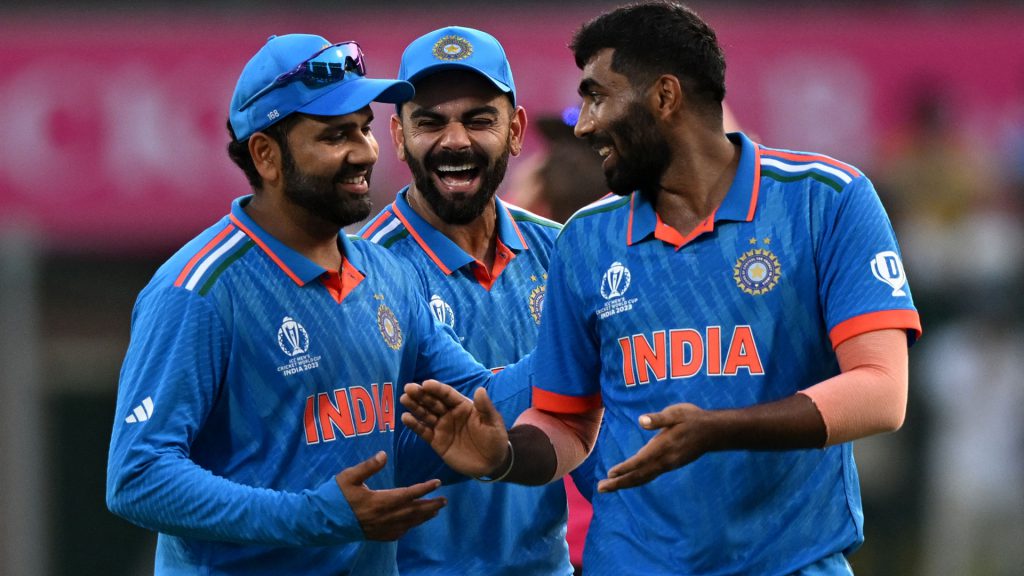
India’s Remarkable Bowling Transformation
In his analysis, Akhtar emphasized the transformative impact of Shami’s inclusion in India’s playing eleven following Hardik Pandya’s injury. Acknowledging Shami’s outstanding performances against New Zealand and England, Akhtar credited India’s ability to win matches through their bowling prowess, showcasing a shift from their traditional reliance on batting strength. He commended the collective effort of the Indian bowling unit, particularly recognizing the strategic brilliance of fast bowler Bumrah.
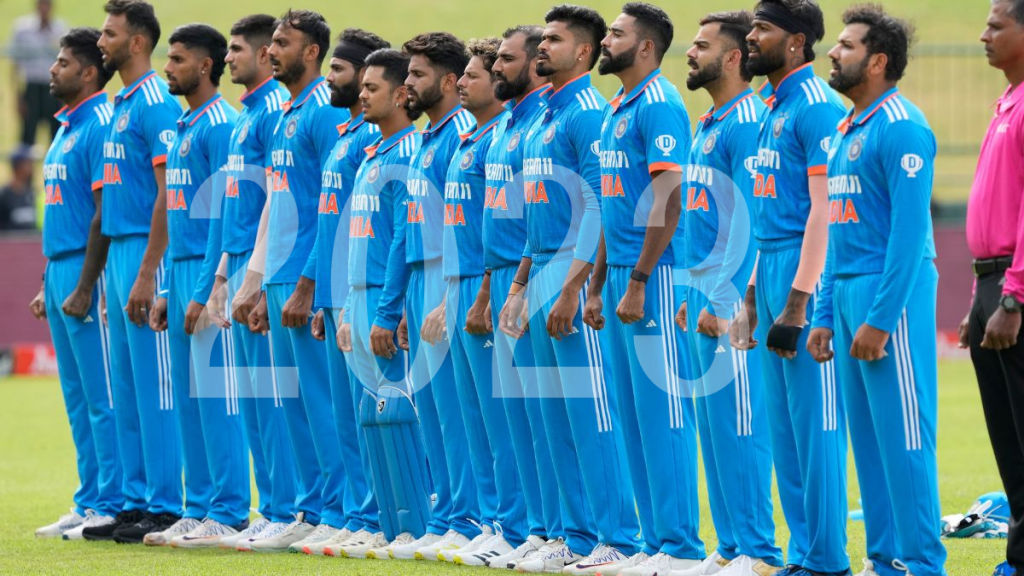
India’s Path to World Cup Glory
Looking ahead, Akhtar voiced his confidence in India’s potential to secure their third ODI World Cup trophy, highlighting the team’s upcoming matches against Sri Lanka, South Africa, and the Netherlands. Expressing optimism, he emphasized the significance of maintaining their unbeaten streak en route to the final, setting the stage for a potential historic ICC World Cup victory. However, Akhtar cautioned against compromising the successful bowling unit once Pandya returns to full fitness, warning against the potential detriment of a partially fit Pandya’s inclusion at the expense of a bowler.
Akhtar’s Praise for India and its Response to Criticism
Addressing skepticism surrounding his praise for the Indian team, Akhtar reiterated the exceptional nature of India’s performance, particularly in their ability to defend a modest total with a significant margin of victory. Undeterred by criticism, Akhtar reaffirmed his admiration for India’s exceptional cricketing prowess, urging acknowledgment and appreciation of their commendable achievements.
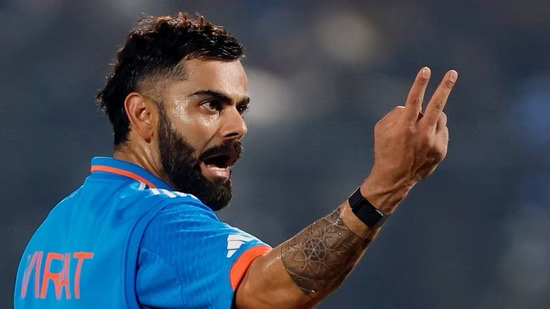
Shoaib Akhtar’s Perspective on Virat Kohli
Shifting focus, Akhtar’s history of praise extends beyond team performances to individual players, notably including former Indian team captain Virat Kohli. Reminiscing on Kohli’s resilience during a challenging phase in his career, Akhtar highlighted the pivotal role played by Kohli’s consistent century-scoring performances, leading to India’s victories. Recognizing Kohli’s contribution to the team’s success, Akhtar emphasized the significance of Kohli’s monumental centuries during crucial chases, solidifying his status as a crucial asset for the Indian cricket team.
In a comparison between Kohli and the legendary Sachin Tendulkar, Akhtar acknowledged Tendulkar’s status as one of the greatest batsmen while highlighting the challenges Tendulkar faced as a captain. Drawing parallels, Akhtar expressed confidence in Kohli’s eventual resurgence, expecting him to return to his prolific scoring form once he finds his equilibrium.
In summary, Akhtar’s acknowledgment of India’s exceptional performance and his recognition of individual players’ contributions underscore the team’s formidable presence in the 2023 ICC World Cup, setting the stage for a potential historic triumph in the coming days.

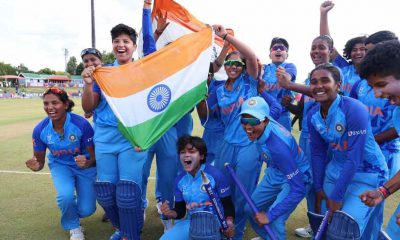

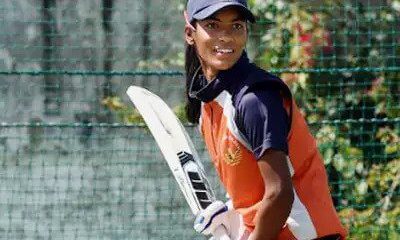

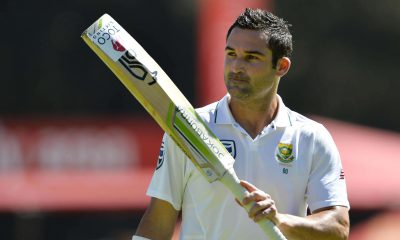











You must be logged in to post a comment Login